
For the first time in India, the critically endangered Great Indian Bustard has been tracked for a distance of 7774 km using satellite telemetry. This tracking has provided information about the bird such as its breeding pattern, feeding behavior and preferred habitat. With only 300 of the birds left in the wild, this insight would be extremely important in saving the Great Indian Bustard.
The rarest of birds
Known as one of the rarest birds in the world, the Great India Bustard is found in a handful of states in India. A typical grassland habitat bird, the species numbers have plummeted over the years because of severe habitat loss, poaching, attack by feral dogs and infrastructure development. What adds to the woes of the bird is their extremely slow breeding rate. A female bustard typically lays an egg every 2-3 years and the mortality rate of the chick is up to 60 % in the first year.
Related Story: Great Indian Bustard Born In The Wild
Flight tracking
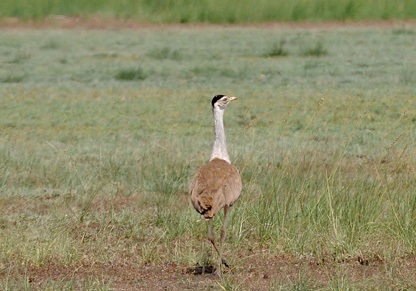
In the present study – the first of its kind to be ever done on the bird – scientists from Wildlife Institute of India (WII) fitted a 70 g transmitter to a male bustard at the Nannaj Bustard Sanctuary in Maharashtra. This was done in April 2015.
In the next 9 months, the data analyzed showed that the bird travelled to 2260 locations in Mahashtra state travelling a distance of 7,774 km.
Bilal Habib, a scientist with WII who was part of the study, told TOI, “The tagged bird spent four months within the protected area (PA) for breeding. The bird also ventured to nearby areas, preferring to stay in fallow land. It used these areas for resting, foraging and to avoid predators. The study also showed that crops grown in other GIB-frequented areas are primarily rain-fed and farming practices in those areas were less intensive.”
The scientist also added that the GIB sanctuary was established in Maharashtra in 1979 in Solapur and Ahmednagar districts and although the population of the bird began to rise intitially, it declined after the 90s.
Today, this particular sanctuary has only 10-12 great Indian bustards. He says the major threats to the species is modernization of agricultural practices and urban development.
The Great Indian Bustard Challenge – Can India Save The Bird?
Breeding centre
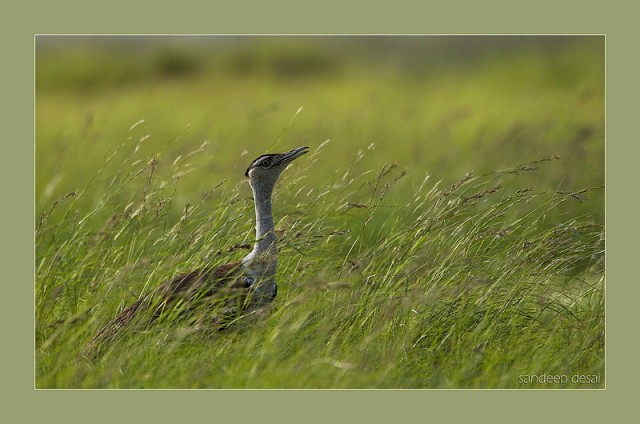
To secure the future of the birds, WII scientists are also planning a breeding centre for the bird in Rajasthan. The birds that are bred in captivity here will later be released into the wild.
Giving details on the project, Y V Jhala, WII scientist, said, “WII will develop and run the conservation cetre in Rajasthan. WII has formed a partnership with Rajasthan forest department, International Bustard Breeding Agency at UAE and experts from Keith in Scotland. The project will also involve state governments of Gujarat and Maharashtra. A total funding of Rs 33.85 crore would be required to set up the infrastructure for it. The GIBs will be bred in captivity and then released and monitored for 35 years.”
The tracking of the male bustard is continuing and researchers hope they will get more information from the process.
More Related Stories,
Young Naturalist Spots Great Indian Bustard In Karnataka
From Dogs To Humans – Problems Galore For The Great Indian Bustard





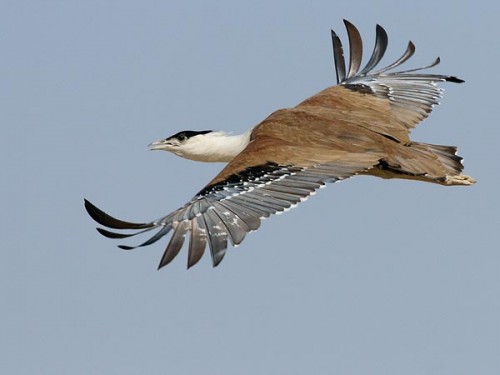

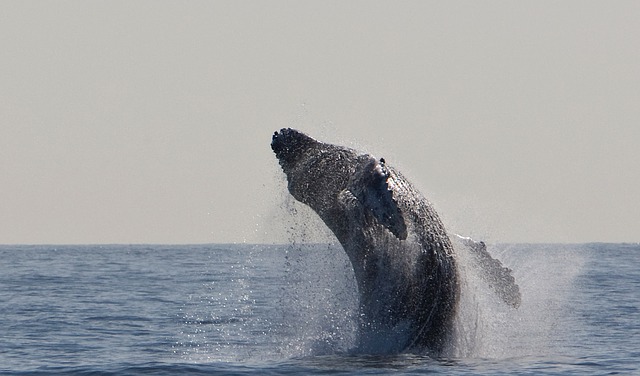
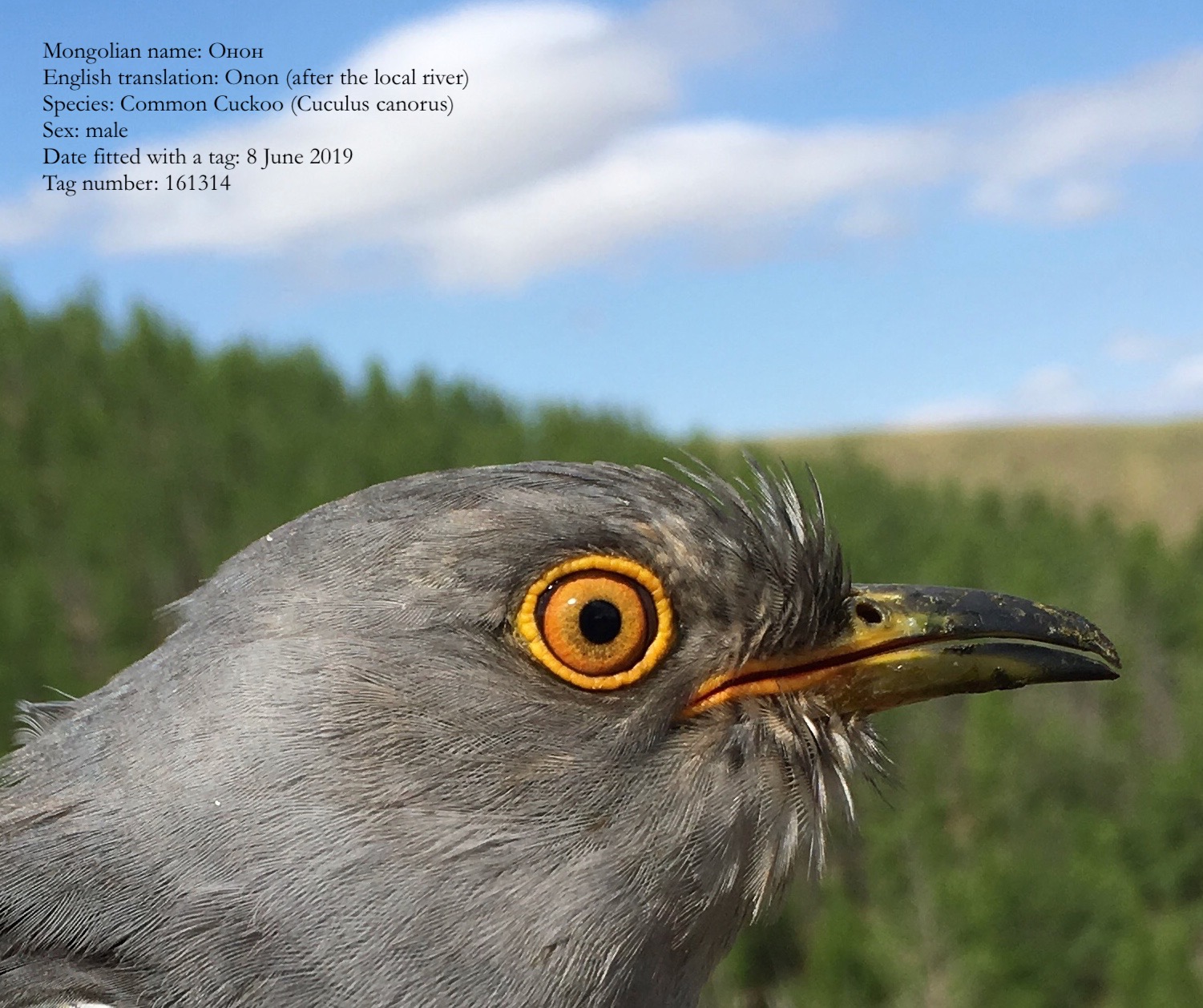
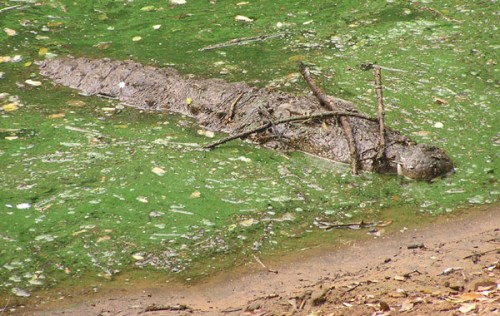
3 thoughts on “In A First, Scientists Track A Great Indian Bustard’s Over 7000 km Flight”